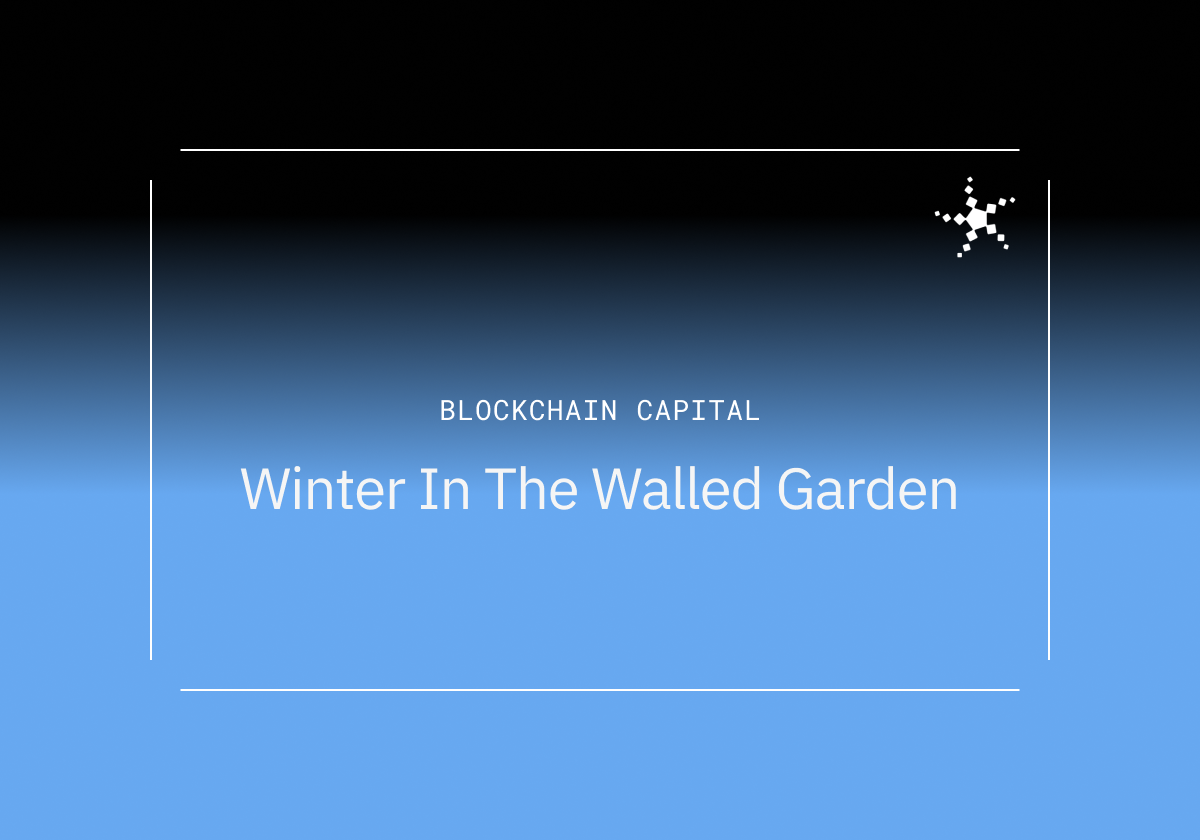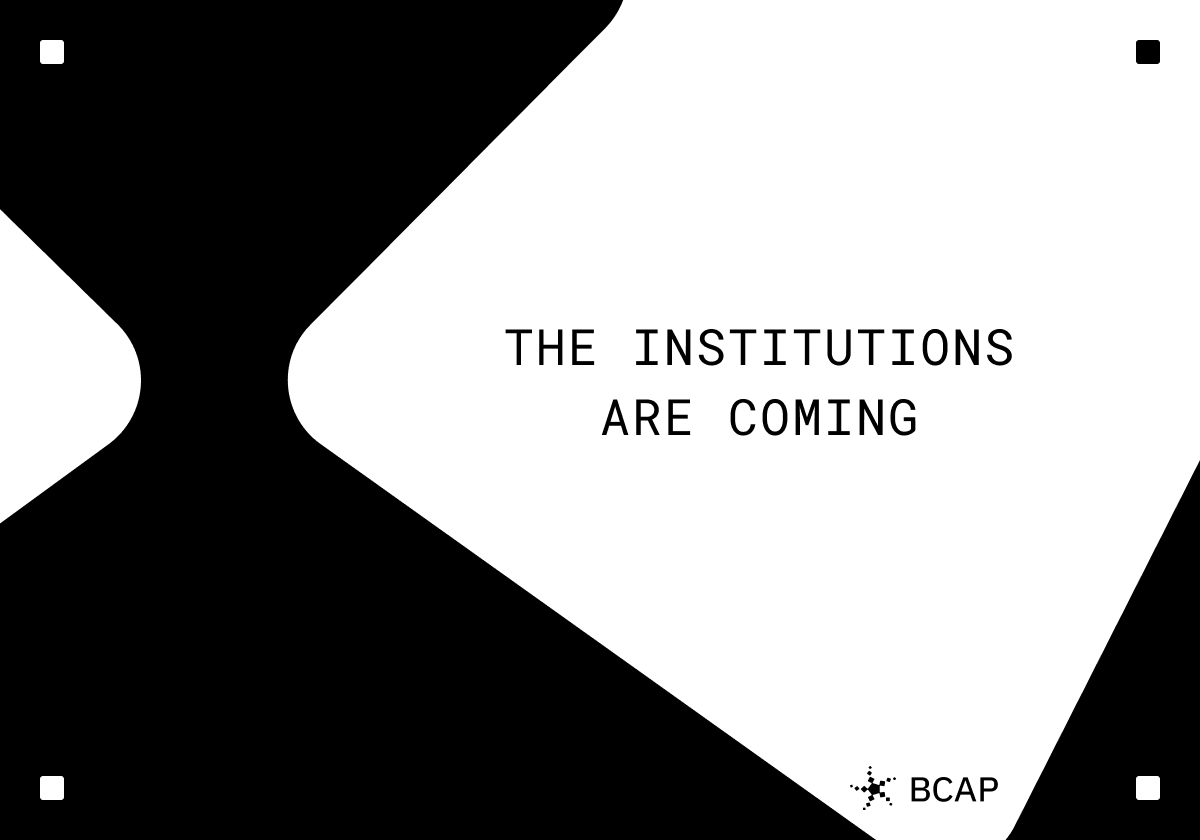
Beyond Price - Understanding the Economic Principles Governing Digital Assets
Pursuing self-interest in free and open markets unknowingly promotes societal welfare, a principle first posited by Adam Smith and later affirmed by economists Milton Friedman and Paul Samuelson. This notion remains a cornerstone of modern economics.
Douglass North expanded this by illustrating that well-designed institutions safeguarding property rights and contract enforcement shape individual behaviors, mitigating economic uncertainties through clear incentive frameworks. As we have seen in the United States, the United Kingdom, Japan, and other countries, such legal frameworks instill trust in an economic system's fairness and reliability, ultimately stimulating increased entrepreneurship, investment, and sustained economic growth.
Conversely, trust diminishes with corruption, opacity, misaligned incentives, or the emergence of monopolistic practices, stifling economic activity and innovation. As power centralizes, abuse and incentive misalignment risks increase, threatening the integrity of a free and open economy. The potential for mutual benefit is lost.
History provides numerous examples of such outcomes. For instance, in late 19th century America the rise of powerful railroad monopolies led to widespread price discrimination, market manipulation, and the suppression of competition. These practices eroded confidence in the market’s fairness and efficiency.
While legislative actions like the Sherman Antitrust Act were direct responses to curbing these monopolistic practices, technological advancements also played a crucial role in diversifying transportation and logistics. The invention and mass production of automobiles alongside the development of interstate highway systems provide a stout example.
Today’s internet monopolies offer similarities as well. Just as the 19th century railroad monopolies concentrated power and stifled competition, today's dominant digital platforms – despite their undeniable contribution to global connectivity – create a similarly unequal economic landscape.
And just as the automobile challenged the railroad monopolies, the emergence of blockchain-powered decentralized systems – enabling trustless, peer-to-peer interactions – offers a potential solution to democratizing today's digital economy.
Central to this revolution are tokens, a novel coordination mechanism for digital engagement and value exchange. At their core, tokens are simply assets. What sets them apart is their programmable nature, which transforms them from static units of value into dynamic, versatile tools able to instill trust, fairness, and reliability within economic systems.
Just as a concert ticket grants event entry, tokens enable access to digital services and/or resources with added features like expiration dates, transferability, or even revenue sharing agreements. Imagine if owning Apple stock not only represented equity value and governance rights, but also granted you exclusive access to the latest iPhone or a discount on Apple services – that's the power of tokens.
At their core, both equity and digital assets represent a stake in a company or protocol’s future success and growth. Investors, therefore, should be primarily concerned with two key factors: the potential for value appreciation (value accrual) and the ability to influence a company’s direction (governance rights).
Like other assets, tokens are not created equal. While equities are fractional ownership stakes in companies, varying in particulars yet unified by equity principles, tokens are a heterogeneous asset class. Some tokens provide equity-like exposures, while others grant service access, governance rights, or embody units of ecosystem value. This heterogeneity demands evaluating each token's unique characteristics within its ecosystem.
For example, we can juxtapose Uniswap and Doge. In the former, Uniswap's token derives value from its role in governance and potential fee capture within a widely adopted decentralized exchange. On the other hand, Dogecoin’s value stems primarily from its meme-driven popularity and speculative demand, rather than a clear underlying utility.
While sentiment and momentum factors can drive short-term price action, sustainable value creation relies on two interdependent factors: tokenomics and network utility.
Tokenomics blends economic principles, incentive structures and governance mechanisms to regulate a token's supply, demand, distribution, and decision-making processes. This developing field – at the nexus of economics, game theory, computer science, and political economy – seeks to create sustainable ecosystems that balance and align stakeholder interests. In other words, they are the digital embodiment of Douglas North’s efficient economic organization.
Network utility, on the other hand, represents the real-world applications, adoption, and value creation enabled by the project.
Together, tokenomics and network utility form the foundation for assessing a project's long-term fundamental value. By evaluating a token's economic design, governance structure, and digital utility, investors can make more informed decisions about which companies or protocols have the potential to drive lasting change and generate sustainable value.
- Governance value: all token value flows downstream from governance structure. Token ownership grants holders decision-making power, directing the ecosystem's future and its smart contract frameworks
- Consensus participation value: token ownership grants the right to earn fees and rewards through active network participation (e.g., staking)
- Utility value: token value derives from use cases within the ecosystem, such as access to services, fee payments, or as a means of exchange. Particularly relevant for base layer blockchain tokens
- Network value: The value created from growth and adoption of the ecosystem, measured as user activity, transaction volumes, and overall market sentiment, applicable to all token types
By evaluating tokens based on these core value drivers, investors can gain a more comprehensive understanding of a project's potential and make more informed decisions about which tokens to support and hold for the long term.
As the blockchain and decentralized application space continues to evolve, new token models and value drivers will emerge, requiring multi-disciplinary teams to assess and navigate the landscape. This includes experts in blockchain technology, economics, game theory, computer science, hardware design, and political economy.
At Blockchain Capital, we invest in digital assets for their utility, rights, and governance, not speculation. As investors, we can shape the future of decentralized ecosystems by supporting projects that embody these principles, drive positive change, and create long-term value. Through engagement and adaptability, we aim to help build a more inclusive, transparent, and equitable economic future powered by tokens.
Blockchain Capital is an investor in one or more of the protocols mentioned above. The views expressed in each blog post may be the personal views of each author and do not necessarily reflect the views of Blockchain Capital and its affiliates. Neither Blockchain Capital nor the author guarantees the accuracy, adequacy or completeness of information provided in each blog post. No representation or warranty, express or implied, is made or given by or on behalf of Blockchain Capital, the author or any other person as to the accuracy and completeness or fairness of the information contained in any blog post and no responsibility or liability is accepted for any such information. Nothing contained in each blog post constitutes investment, regulatory, legal, compliance or tax or other advice nor is it to be relied on in making an investment decision. Blog posts should not be viewed as current or past recommendations or solicitations of an offer to buy or sell any securities or to adopt any investment strategy. The blog posts may contain projections or other forward-looking statements, which are based on beliefs, assumptions and expectations that may change as a result of many possible events or factors. If a change occurs, actual results may vary materially from those expressed in the forward-looking statements. All forward-looking statements speak only as of the date such statements are made, and neither Blockchain Capital nor each author assumes any duty to update such statements except as required by law. To the extent that any documents, presentations or other materials produced, published or otherwise distributed by Blockchain Capital are referenced in any blog post, such materials should be read with careful attention to any disclaimers provided therein.
No Results Found.








.jpg)



.png)
.png)
